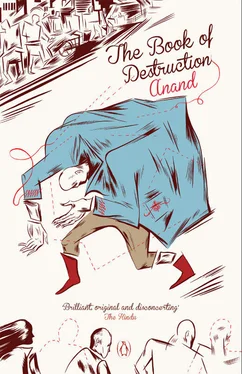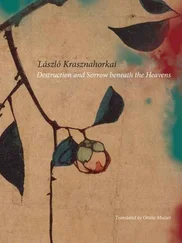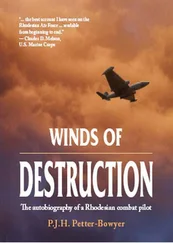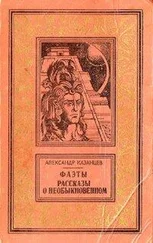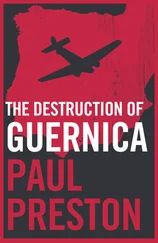I reflected on Seshadri’s dark warning that there are thugs among writers, intellectuals, artists, historians, teachers, social workers and seers biding their time with a roomal in their hands and a freshly dug grave. In fact, it was one of the first warnings he had given. There is a potential thug in everyone you meet. There is a strong and invisible network that has scaled the barriers of religion, language, caste, colour and trade — barriers we naïvely assume are insurmountable in our society. Brotherhood, a beautiful word in our lexicon, turns around and bares its fangs at us. It assumes the shape of a ghost in our imagination and awaits us around every dark corner. I have begun to flinch at every call of Jai Bajrangbali, Allahu Akbar, Sat Sri Akal, Desh ko bachao, Inqalab Zindabad, Yeh dil mange more, Kar lo duniya mutthi mein, Dhoondte rah jaoge, Let’s go or Just do it , as if it were a Hukka bhar lao, Pani pilao or Tambaku kha lo .
Seshadri’s letter remained in my hands. I didn’t know what to do with it. I was too scared to keep it and uneasy to part with it. Once I even thought of handing it over to the police. A threat from a dead man? What weight would that carry? As a proof of thuggee, alive and active? The writer himself dead. The resident director of Mehta Company was over fifty when I knew him at Rajhara; he would have succumbed to diabetes or heart attack long back. And then … who knows if the policeman I go to wouldn’t himself be carrying a handkerchief in his hand?
Even as I struggled with these questions, I decided to go to the hospital once again. I had no clear plan in mind. Perhaps I would meet Sister Meera John who had passed on Seshadri’s note. Ask about Seshadri’s last evening … or just simply say, ‘Thank you for handing over his letter,’ or perhaps, ‘Sister, why did you have to give this to me?’… What would be the point anyway?
The hospital area seemed to be in chaos. Doors to the outpatient department and the clinic were closed. Handwritten posters were stuck untidily on the walls and gates. It seemed the hospital staff were on strike, starting that day. Their demands? To stop the system of contract labour and to regularize their jobs. It was not right or logical to run such a huge and reputed hospital with outsourced workers, they claimed. There seemed to be merit in their stand. The staff should have some sense of belonging to the establishment, which was not possible if it was run with temporarily hired workers. I could see their point. But what about the innocent patients? How can a hospital staff get away from their responsibilities to the sick and needy? Is their act any different from that of the terrorists who take innocent hostages to bargain for their demands, I wondered. The patients are like the hostages, who are neither the cause of their troubles nor have any power to solve them.
The inpatients were being moved to other hospitals by their relatives, on stretchers, wheelchairs and on foot. The hospital management had announced an impending lockout. Relatives wanted to get their family members out before that happened. Doctors were moving about, clueless. So were a large number of non-uniformed people who could be patients or their relatives. There were a few patients in critical condition lying on the floor awaiting attention. One was on a stretcher in the lobby, obviously an accident case, with blood dripping down and pooling on the floor. Curiously, nurses seemed to be absent from the scene. I could see only a few matrons who were presumably not on contract labour. And they did not want to talk to anyone. Whenever some desperate family member approached them they would dive through a nearby door and shut themselves in.
The hospital constituted a cluster of buildings built at various stages without any overall planning. Policemen were on duty at all the main entrances and intermittently along the corridors. As I flowed with the milling chaos I suddenly spotted a few nurses who seemed to emerge from nowhere and were rushing somewhere, avoiding the patients and the policemen. I followed them instinctively. As I got closer I realized that Meera John was among them. I called loudly, ‘Sister, Sister Meera John!’
Not wanting to be separated from the herd, she signalled with her hand that she could not stop and moved on. But I managed to catch up with her. Through all the confusion and chaos I was somehow able to study her more closely than when I had spoken to her last time in the nurse’s quiet office. Although not young, she was an attractive woman. The air of hurry and purpose added an elegance and dignity to her demeanour. Unconsciously my eyes snagged on the pendant on the chain around her neck. Yes, this time it was clear as daylight. Not an upside-down cross, not an anchor, but a pickaxe!
Fear clouded my vision. ‘My God, among the nurses too.’ I shuddered silently. My pace slowed, my steps faltered, but for some reason that I cannot explain, I continued following the cluster of nurses who became more and more distanced from me. I knew I would never catch up with them, and no longer wanted to.
I emerged through another gate of the hospital complex. A number of strikers were sitting in a dharna and shouting slogans. Nurses as well as other employees. All in freshly ironed, spotless white uniforms. Nurses had their heads covered in the usual manner, and the men wore caps. The group I had been following got swallowed by the slogan-shouters, and the slogan-shouters, surrounded by a cordon of policemen, were hidden from me.
I stood like a fool, staring at the striking staff, their gestures, posters, slogans and everything else. There were not many people to sympathize with the strikers. Only the policemen and some bystanders like me who simply stood around.
A dead body covered in a white sheet was rolled out on a trolley, probably the first casualty of the strike. With the staff on strike, the relatives were carting it out.
Some of the strikers got up from the dharna to hang a cloth banner on the wall behind them. I was not ready for another shock but there it was. In big, red, bold letters, the name of the workers’ union and below, the symbol of the union, not the traditional hammer and sickle, but a different tool, a pickaxe!
The Hotelier and the Traveller
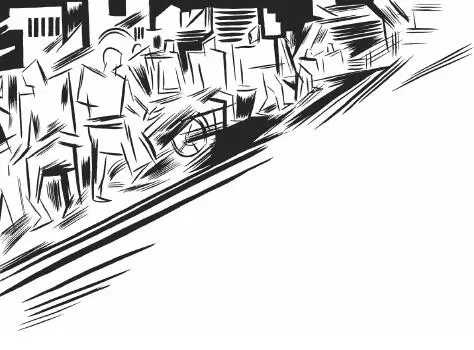
Whether it is reality or metaphor, fact or fiction, The Book of Destruction Seshadri had talked about refused to leave my mind. And very soon I was to have a brief encounter with it, in a rather touch-and-go fashion. Its arrival seemed intentional, but the way it glanced off the surface of my life and disappeared must have been coincidental. But then, coincidence has a rather big role in this whole story. The encounter with Seshadri had been a matter of coincidence. His being in the hospital, my happening to visit my friend there and everything that happened thereafter … Going back forty-odd years, to what can I attribute my first encounter with him then? And what about his handkerchief brushing past my neck without my ever noticing it?
But then, it is a coincidence only from the viewpoint of the victims, the bunijs. The thugs always follow their well-laid-out plans, sometimes successfully, sometimes not. Thugs propose and the gods, or in fact the omens, dispose, as Seshadri would say. Omens are arbitrary. Men plan logically while the gods dispose arbitrarily. Rather, should I say creation is logical and destruction itself arbitrary? Seshadri, however, attributes everything — the acts of the killer as well as the fate of the killed — to some grand design. I do not know what is actually a coincidence, what is part of a design and, above all, what is reality and what is myth? You may say these things do not merit a discussion. But for the fact that the result is the death of a bunij, or not, as in my case, I could have dismissed the whole thing as a flight of fancy, as a myth. But premeditated attempts by the killer to kill and chance encounters with death by those who get killed are not things which can be dismissed offhand, at least not by me.
Читать дальше
